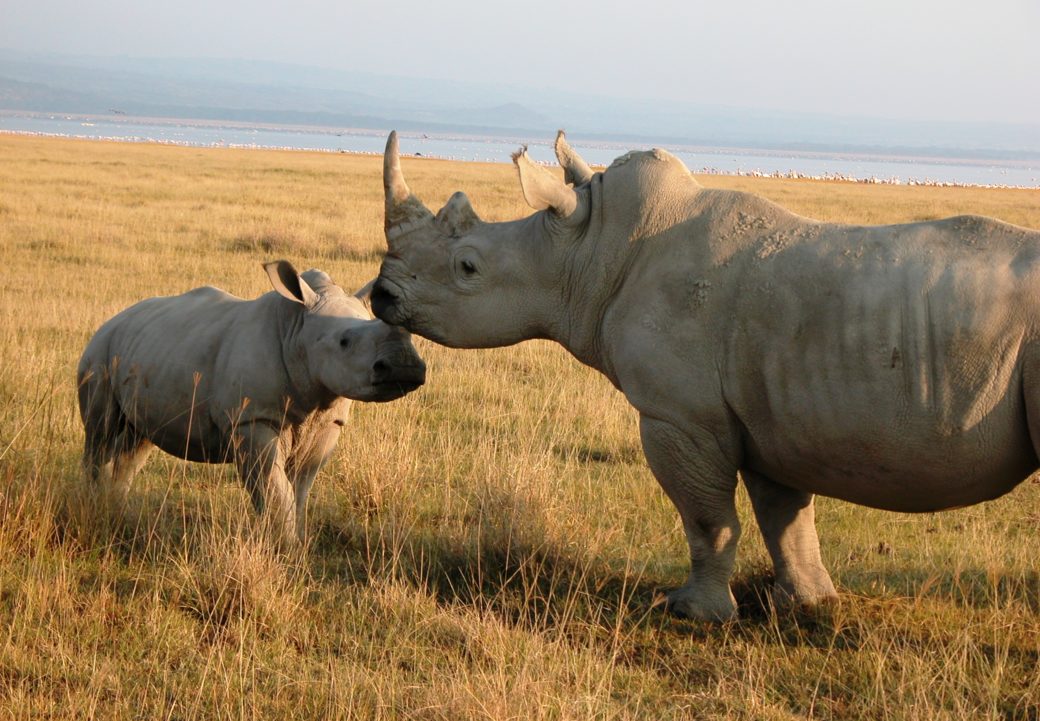World Rhino Day
Photo by Alan School Craft


Today is World Rhino Day. Twenty years ago, I had enjoyed many days trekking through Borneo's jungles searching for the Bornean rhino, an elusive, relatively small, jungle dweller. Even then, it was rumored to be extinct, but one day I saw fresh tracks in the glistening mud. Since then, my work has been focused on Africa, but those tantalizing tracks continued to engender dreams of a someday return for the lost rhino of Borneo. This year those dreams were dashed. I learned that the Bornean rhino is officially extinct. So Rhino Day is different for me this year. It's a day of mourning along with the hope. Rhino day was declared in 2010 by WWF South Africa to raise awareness about African rhino conservation. The Rhino story is always alarming at best. In Africa, the Black Rhino declined from an estimated population of 70,000 in the late 1960s to a low of just 2,400 in the 1990s. In 2018, Africa’s last male Northern White rhino died, and just two females remain with no offspring survive. The lesser known Asian rhinos, like my Bornean rhino, are harder hit. A mere 100 survivors are all that is left of the Sumatran rhinoceros. Indonesia’s Javan rhino population is down to 67. India’s Greater One-Horned rhino is doing somewhat better with a population of 3,500. Thankfully, there are a few conservation successes stories, mostly in Africa. The best news has been a century-long recovery of the Southern White Rhino. Down to just 20 white rhinos in the early twentieth century, they are now the world's most abundant rhino species at just over 21,000. Although still critically endangered, black rhinos have recovered from a low of 2,400 individuals in 1990s to over 5,000 today. If you want to do something for rhinos today, you can outfit one of the devoted rangers who protect rhinos in Africa. Or you could adopt an Asian rhino . Asian rhinos are even more endangered and get far less attention.
